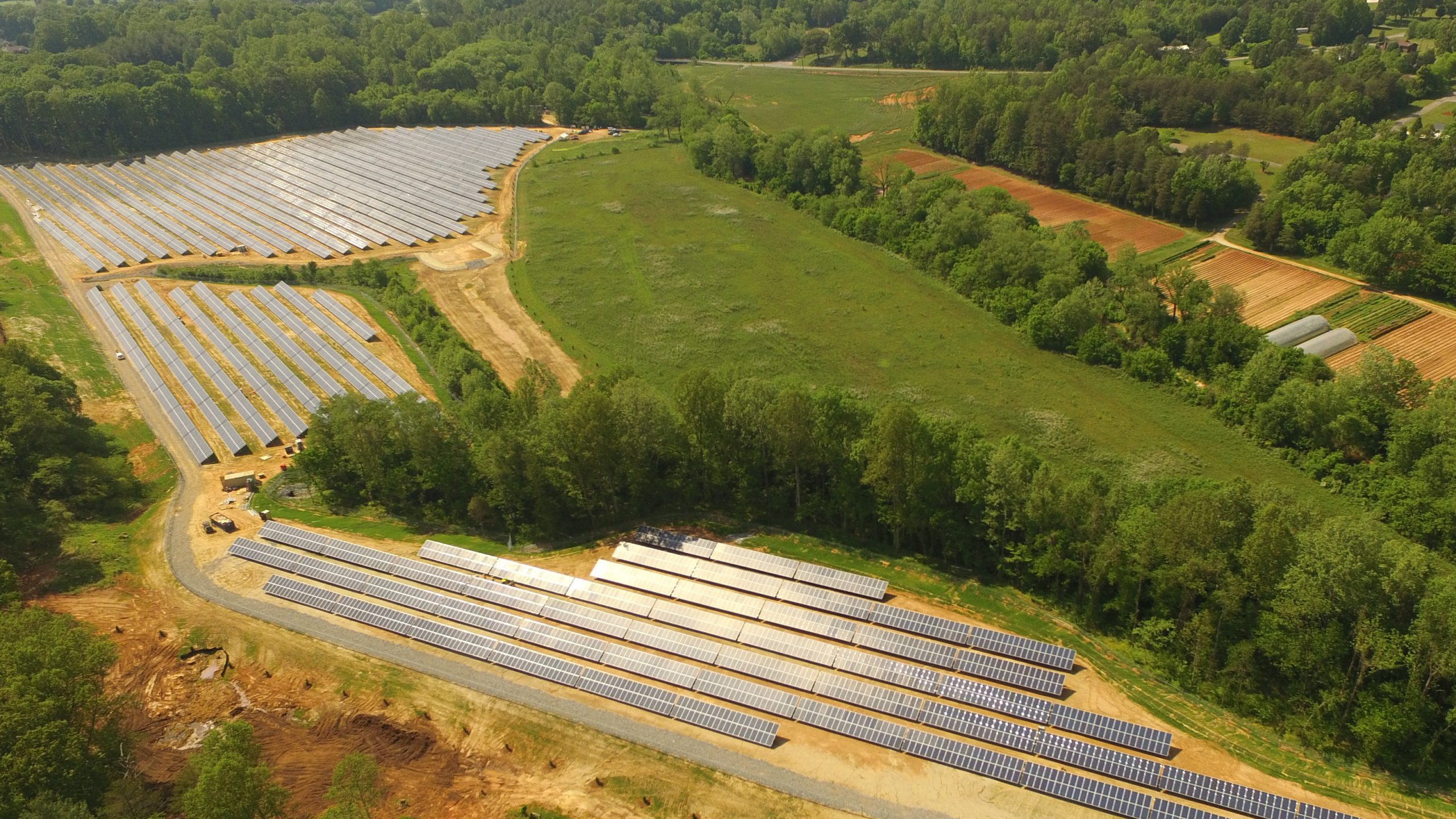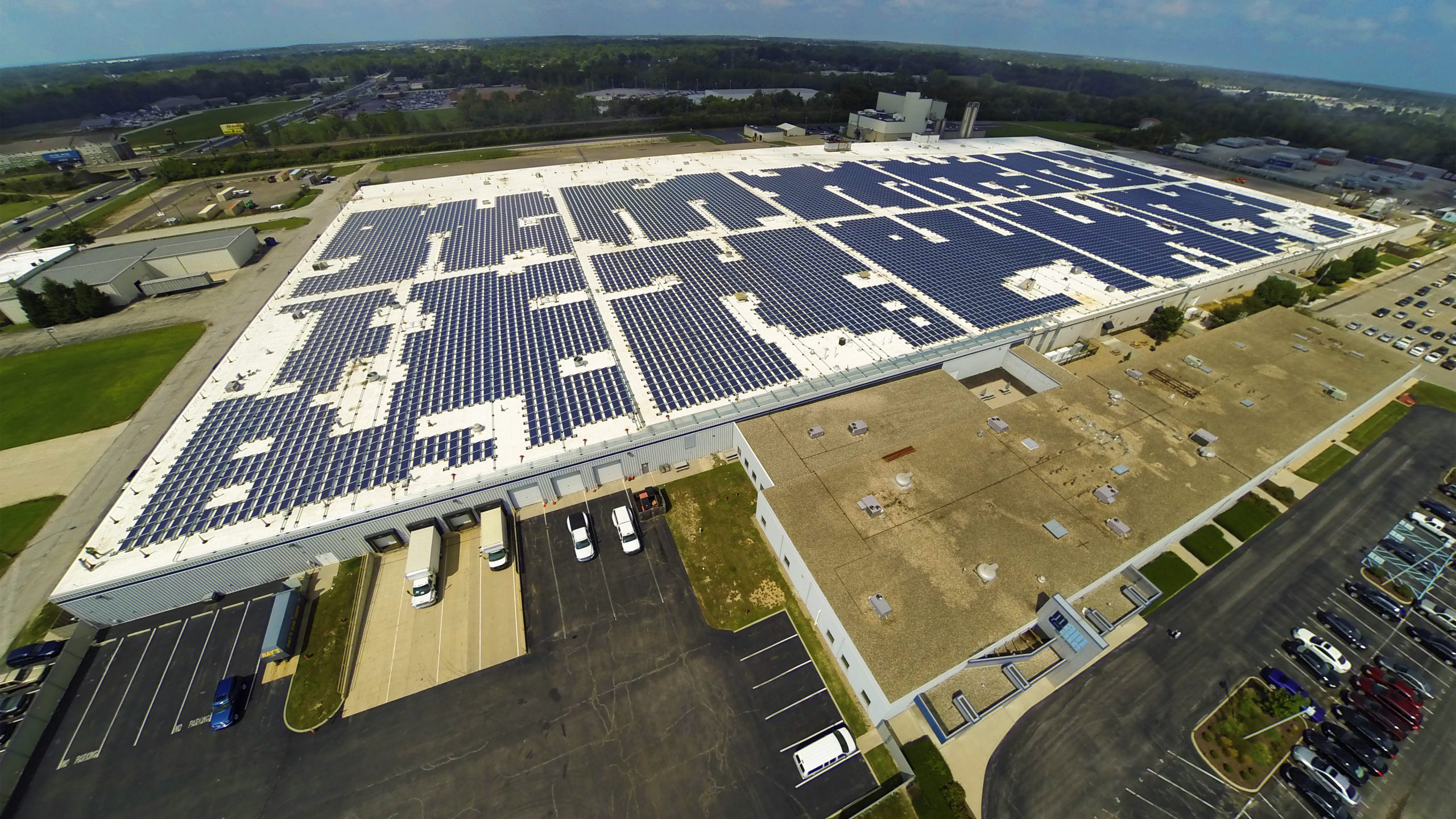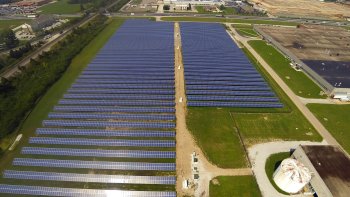Traditional solar modules are designed to capture as much light energy as possible on one side and convert that into electrical power, while any residual light is reflected away. A recent innovation in solar panel technology allows for light to pass through areas in the module and is re-captured on the back side for increased […]
Solar PV Material Efficiency
With innovations such as bifacial solar panels, solar windows, and solar shingles, it is certainly an exciting time for the industry. In today’s fast-paced market, it is important to adapt quickly to consumer demands. These inventions have been made to tackle efficiency and aesthetic concerns associated with traditional solar PV installs. For those who don’t […]
Melink Develops 1.26MW Solar Arrays At University Of Dayton
FOR IMMEDIATE RELEASE CINCINNATI, OHIO – Melink Corporation has announced a partnership with the University of Dayton to install 4,026 solar panels with a capacity of 1.26 megawatts of power at two of the University’s campus locations; Curran Place and Fitz Hall. Melink Corporation will engineer and construct the arrays, as well as own them […]
Melink develops vast solar farm for NC country club
Melink Corporation has completed development of a 5.25 megawatt solar farm in the Charlotte, North Carolina, metro region.
Located on land owned by Rock Barn Country Club & Spa in Conover, the photovoltaic array began operating Nov. 18. The vast array comprises 16,948 solar panels on 28 acres.
Melink Partners with Equity Industrial Partners Corp. to Utilize Extra Space for Solar Facility
FOR IMMEDIATE RELEASE INDIANAPOLIS, INDIANA – September 15, 2014 – Melink Corporation recently developed and installed the largest rooftop solar PV system in the Midwest on property owned by Equity Industrial Partners Corp. (EIP). The system is estimated to produce more than 4.1 million kWh annually. This system, composed of 12,264 modules on approximately 600,000 […]
Cincinnati Zoo Spotlights Solar Energy
A giant solar panel canopy, constructed by Melink Corporation, is exceeding expectations by cutting electricity costs for the Cincinnati Zoo & Botanical Garden. At the same time, 1.5 million visitors each year get an up-close look at clean energy. View Article
Melink Partners with Rexnord to Utilize Extra Space for Solar Facility
FOR IMMEDIATE RELEASE INDIANAPOLIS, INDIANA – May 29, 2014 – Melink Corporation recently developed and installed a solar energy system on property owned by Rexnord Industries that is estimated to produce more than 4 million kWh annually. The 3,102 kilowatt solar array, composed of 12,040 collection modules on approximately 13 acres of land, was installed adjacent […]




